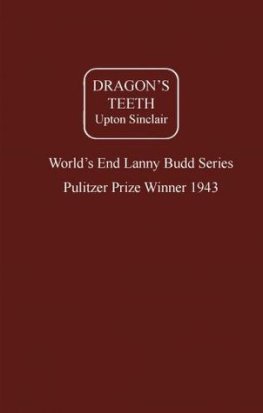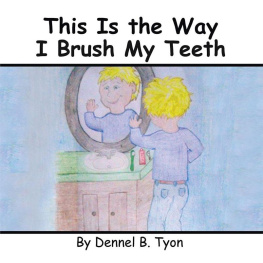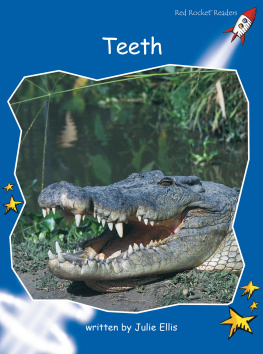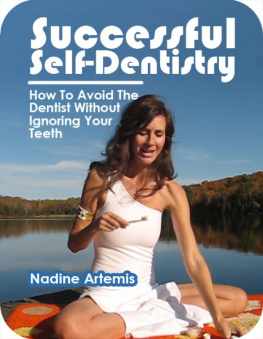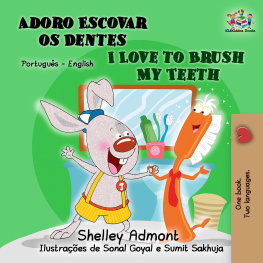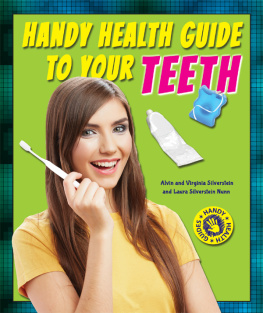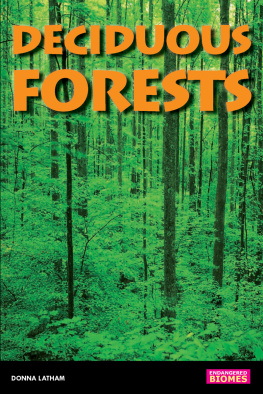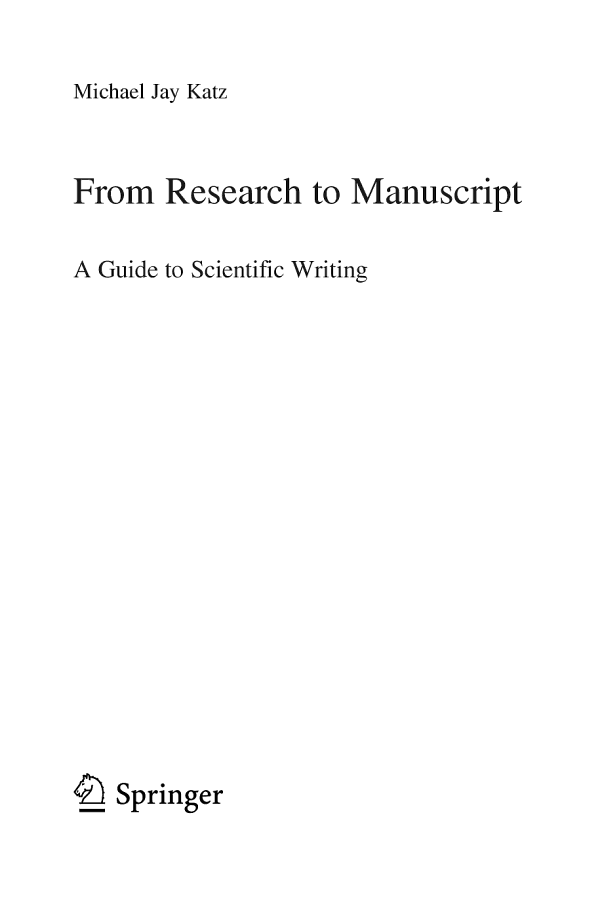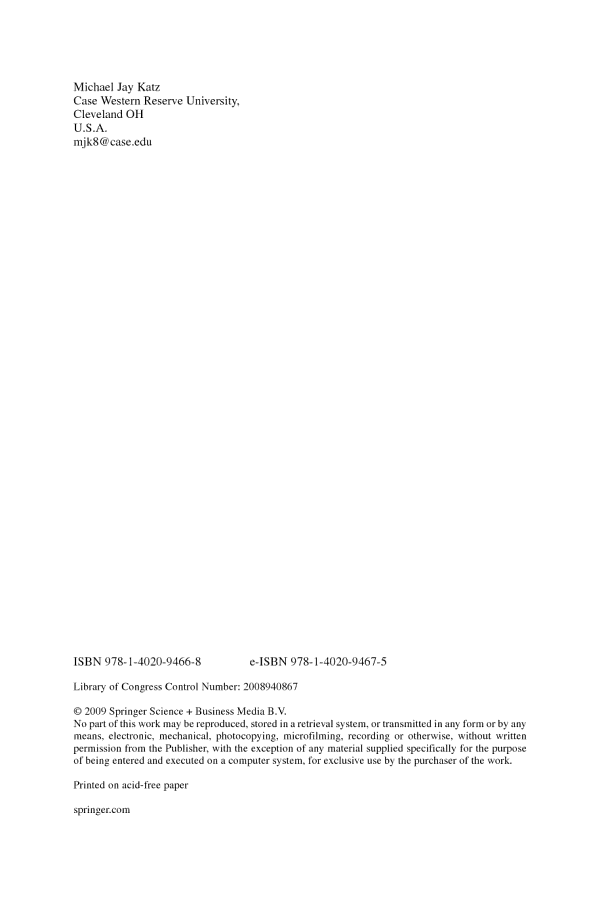Observations Plus Recipes
It has been said that science is the orderly collection of facts about the natural world. Scientists, however, are wary of using the word fact. Fact has the feeling of absoluteness and universality, whereas scientific observations are neither absolute nor universal.
For example, children have 20 deciduous [baby] teeth is an observation about the real world, but scientists would not call it a fact. Some children have fewer deciduous teeth, and some have more. Even those children who have exactly 20 deciduous teeth use the full set during only a part of their childhood. When they are babies and toddlers, children have less than 20 visible teeth, and as they grow older, children begin to loose their deciduous teeth, which are then replaced by permanent teeth.
Children have 20 deciduous [baby] teeth is not even a complete scientific statement. For one thing, the statement children have 20 deciduous teeth does not tell us what we mean by teeth. When we say teeth, do we mean only those that can seen be with the unaided eye, or do we also include the hidden, unerupted teeth?
An observation such as children have 20 deciduous teeth is not a fact, and, by itself, it is not acceptable as a scientific statement until its terms are explained: scientifically, children have 20 deciduous teeth must be accompanied by definitions and qualifiers. The standard way to put science into a statement is to define the statements meaning operationally. Instead of attempting a purely verbal definition of teeth, for instance, scientists define it by the procedurethe recipethat has been used when making the observations about teeth.
In science, children have 20 deciduous teeth is neither universal nor abstract. It is a record of the result of following a specific recipe, and the statement is scientific only when we include the recipe that was used. For children have 20 deciduous teeth, one appropriate recipe would be: I looked in the mouths of 25 five-year-old boys and 25 five-year-old girls in the Garden Day Nursery School in Cleveland, OH, on Monday, May 24, 2008, and I found that 23 of the boys and 25 of the girls had 20 visible teeth.
A meaningful scientific statement includes an observation and its recipe, and the standard form for recording meaningful scientific statements is the scientific research paper.
Writing a Scientific Research Paper
Science is the orderly collection of scientific recordsi.e., observations about the natural world made via well-defined proceduresand scientific records are archived in a standardized form, the scientific research paper. A research project has not contributed to science until its results have been reported in a standard paper, the observations in which are accompanied by complete recipes. Therefore, to be a contributing scientist, you must write scientific papers.
This book contains my advice and thoughts about writing a scientific research paper. My basic hard-won realization is that writing a good scientific paper takes time. On the other hand, I have found that the writing will seem endless if you begin with the title and slog straight through to the last reference. This approach is difficult, wearing, and inefficient. There is a much more effective way to write.
I suggest that you write your paper from the inside out. Begin with the all important recipes, the Materials and Methods. Next, collect your data and draft the Results. As your experiments end, formulate the outlines of a Discussion. Then write a working Conclusion. Now, go back and write the historical context, the Introduction. Only after all else has been written and tidied up, will you have sufficient perspective to write the Title and the Abstract.
Throughout the writing, your tools and techniques will be the same. You should use precise words and, whenever possible, numbers. You should write direct sentences that follow a straight line from point A to point B. In addition, you should fill all sections of the stereotyped skeleton of a standard scientific paper.
Writing a paper should be an active part of your research. If you wait until your studies are finished before you begin to write, you will miss a powerful tool. Research is iterativeyou do, you assess, and you redo, and writing a paper is a way for you to continually make the reassessments necessary for critical and perceptive research.
Your manuscript can even be a blueprint for your experiments. The empty skeleton of a scientific paper poses a set of research questions, and, as you fill in the skeleton, you automatically carry out an orderly analysis of your data and observations. Moreover, by setting new data into the draft of your paper, you can maintain perspective. You will filter out the shine of newness, as your resultseven unusual resultsare put into the context of your existing data and your full research plan.
As a scientist, you must write, and, as an experimentalist, writing while you work strengthens your research. Writing a paper can be an integral part of observational science.
Scientific Papers Used as Examples
In the text of this book, I rebuild and improve a paper that I wrote in 1985, entitled Intensifier for Bodian Staining of Tissue Sections and Cell Cultures. I use this paper because it is brief, simple, and well known to me.
Just as a picture is worth a thousand words, an actual example of a well-written scientific paragraph is worth a dozen descriptions of one. To illustrate the craft of scientific writing, I have included excerpts from scientific papers far better than my own.
The excerpts are from articles across the range of scientific studies. For the most part, these papers are lean, logical, and cleanly written. They are examples of good science writing and they have been recommended to me by the editors of the journals in which they appeared. In the text, I refer to the papers by author(s) and date. Here are the full bibliographic citations:


